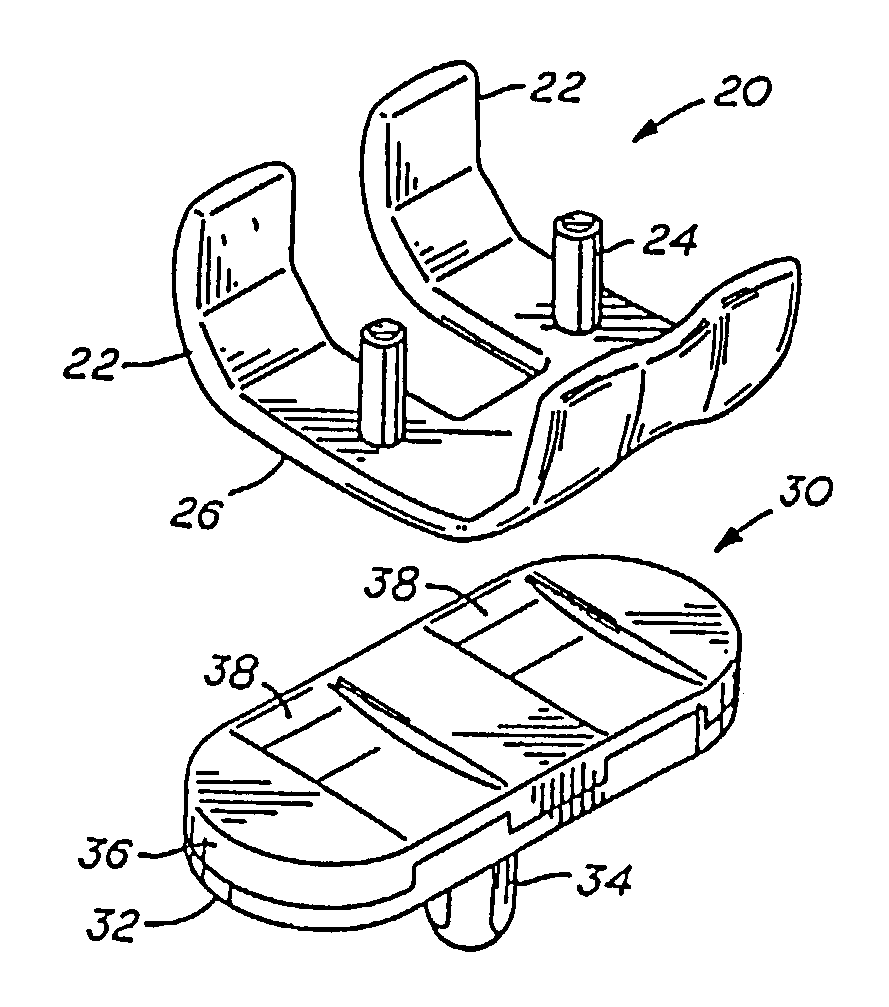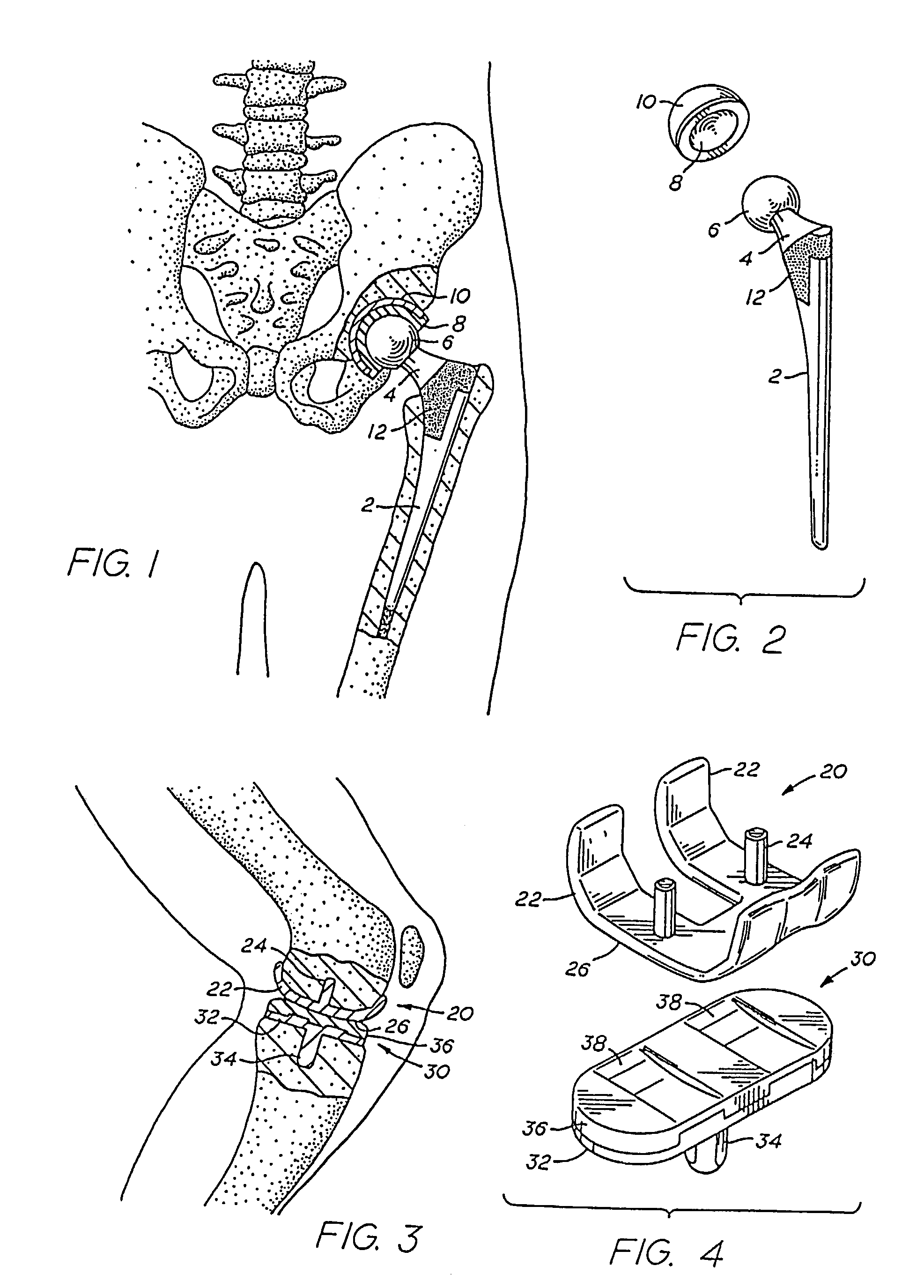Method of surface oxidizing zirconium and zirconium alloys and resulting product
a zirconium alloy and surface oxidizing technology, applied in the field of metal implants, can solve the problems of increasing the level of wear particulates, the relatively low resistance to abrasion and galling, and the long-term effect of metal ion release on the articulating surface,
- Summary
- Abstract
- Description
- Claims
- Application Information
AI Technical Summary
Benefits of technology
Problems solved by technology
Method used
Image
Examples
Embodiment Construction
[0038]One aspect of the present invention is to provide a method for forming an oxide coating of uniform thickness on zirconium or a zirconium alloy, the zirconium or zirconium alloy each having a single phase crystalline structure and uniform composition and an altered surface roughness. Another aspect of the present invention is to provide a low friction, wear resistant oxide coating of uniform thickness on prosthesis surfaces, such as articulating surfaces and irregular surface structures adapted to accommodate tissue ingrowth on a portion of the prosthesis body.
[0039]The subject method of forming an oxide coating of uniform thickness by inducing an altered surface roughness on zirconium or a zirconium alloy, each having a single phase crystalline structure and uniform composition, prior to oxidizing the zirconium or zirconium alloy is applicable to various prosthetic parts and devices. These prosthetic parts and devices include, but are not limited to, cardiovascular implants in...
PUM
| Property | Measurement | Unit |
|---|---|---|
| thickness | aaaaa | aaaaa |
| thickness | aaaaa | aaaaa |
| thick | aaaaa | aaaaa |
Abstract
Description
Claims
Application Information
 Login to View More
Login to View More - R&D
- Intellectual Property
- Life Sciences
- Materials
- Tech Scout
- Unparalleled Data Quality
- Higher Quality Content
- 60% Fewer Hallucinations
Browse by: Latest US Patents, China's latest patents, Technical Efficacy Thesaurus, Application Domain, Technology Topic, Popular Technical Reports.
© 2025 PatSnap. All rights reserved.Legal|Privacy policy|Modern Slavery Act Transparency Statement|Sitemap|About US| Contact US: help@patsnap.com


